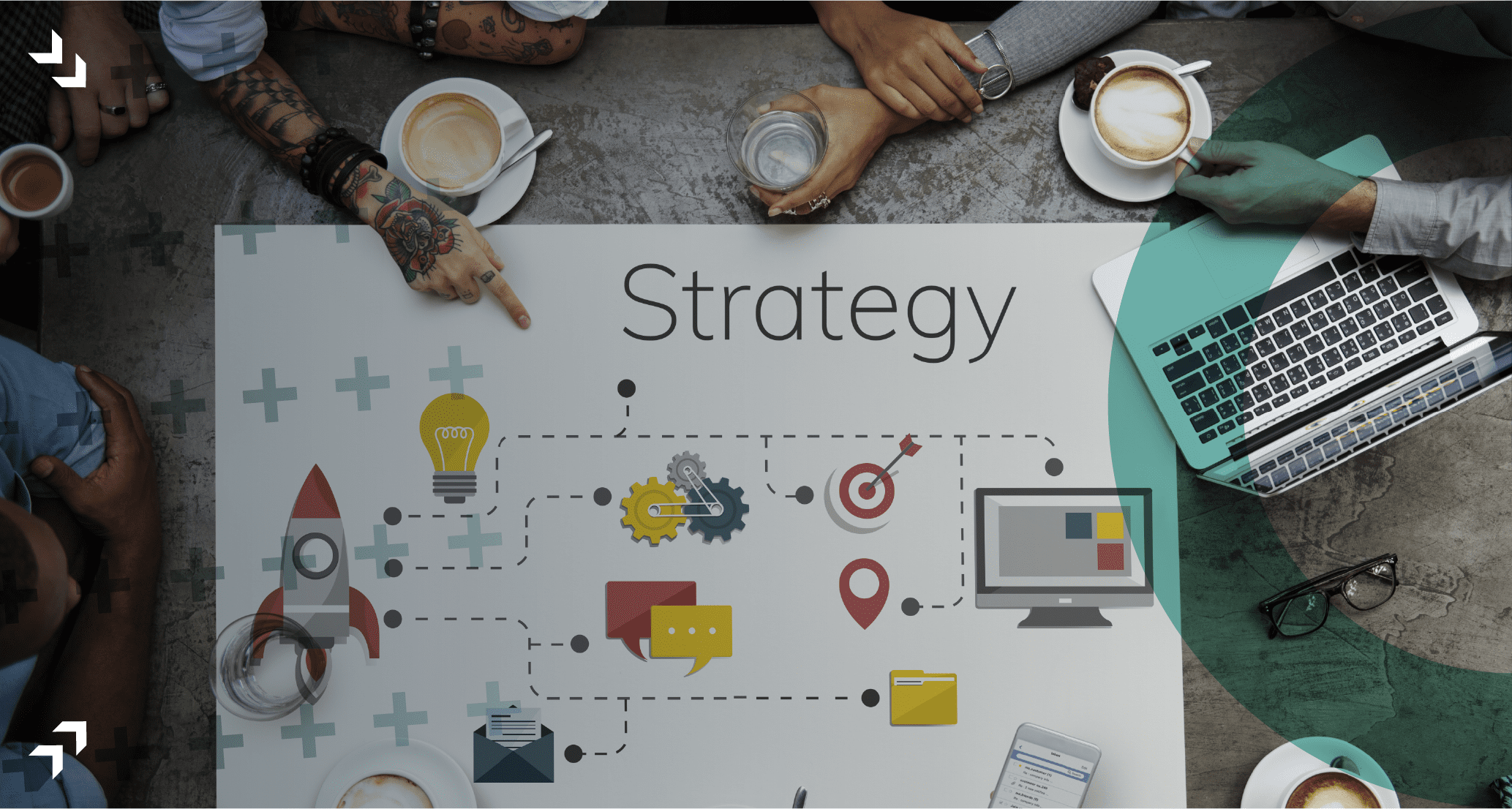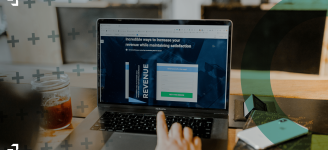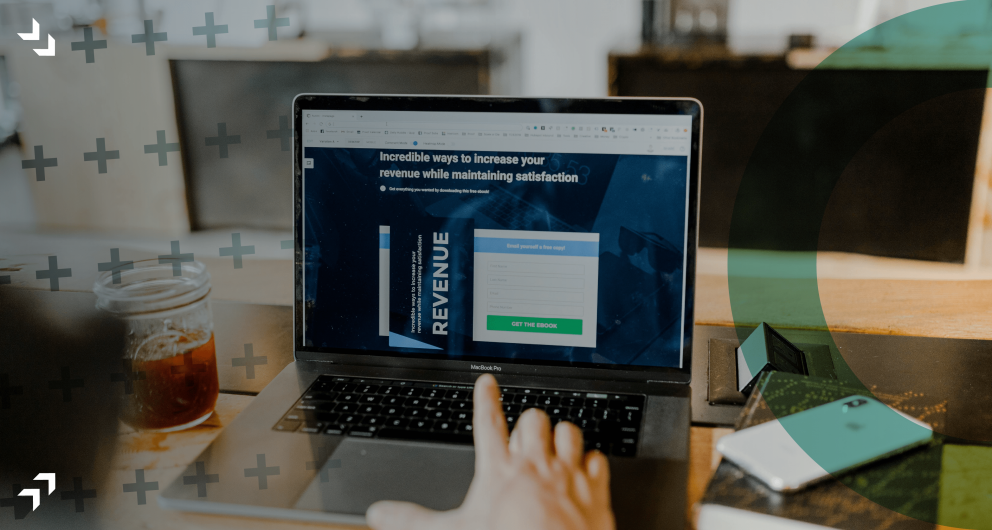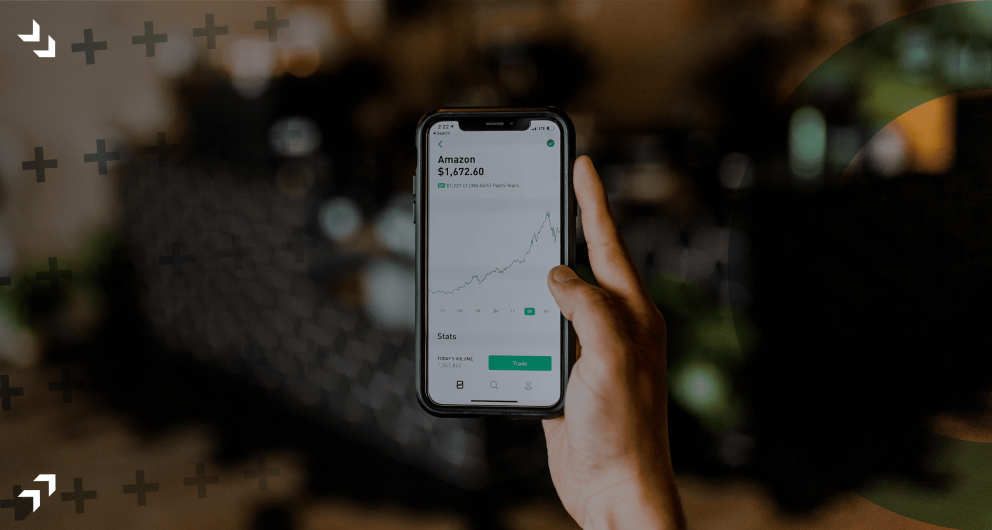- Coaches (3)
- Courses (25)
- Customer Success (10)
- Investment & Fundraising (6)
- Management & Leadership (34)
- Marketing (6)
- Prospecting (19)
- Sales (34)
- Sales Impact Academy News (23)
- Wellbeing (9)
The 12 Key Levers of SaaS Success for CEOs

- Management & Leadership, Sales
- Simone McNichols-Thomas
- Estimated Reading Time: 16 minutes
There are twelve key levers a CEO can pull to make the greatest impact on their business according to serial entrepreneur, legendary VC investor, and SaaS metrics guru, David Skok. In a talk at the SaaStr Annual conference, David highlighted twelve key areas for optimization within the SaaS funnel.
Starting and scaling a successful startup is really hard; the facts tell us that much. With over 90% failure rates in tech startups, it’s critical for CEOs and founders to have a firm understanding of the key stages of the startup life cycle and the key levers they can pull to have the most impact.
Skok expanded on his model for success by outlining his famous ‘9 Steps to Repeatable, Scalable & Profitable Growth + the Key SaaS Metrics to Track’ in a broadcast with us.
Take a look at David Skok’s 12 key levers for SaaS success!
Optimizing your funnel is a great way of aligning your business. Funnels are driven by very simple maths and if you can get the variables right, you are more likely to build a SaaS funnel with no blockages:
1. Crack Product/Market fit
It’s undeniable that a strong product/market fit is critical to the success of any startup.
Skok says, “In the beginning, entrepreneurs should be obsessively focused on finding a product/market fit, and conserving cash to allow them as much roadway as possible.
“The best way to find product/market fit is to get in front of customers and validate your assertions. Start early, and validate before you build anything. Use wireframes of the product to walk customers through your vision, then keep validating throughout product development.”
Getting in front of customers is critical in the early stages of your business – understanding the pain your customers have, what value you can create by taking that pain away and the type of solution you need to build to solve that pain. It’s also crucial to understand the priority of solving that pain as well. You need to be looking for the ‘hair on fire’ type of priority problems that are tied to specific KPIs that individuals or departments need to achieve, as well as specific financial impacts for the business.
You also need to understand why your solution is a ‘must have’ for the businesses you want to sell to, rather than a ‘nice to have’, which may gain a few early adopters but ultimately fail to scale to widespread adoption.
What’s often missed is that these conversations also need to continue as your business starts to grow and scale. You need to be constantly extending your understanding of the pain your customers have, the priority of this pain, and the value you can continue to create by taking even more pain away. The moment you stop doing this is the moment you start to risk becoming a ‘nice to have’ rather than a ‘must have’.
2. Take full control of your top of funnel lead flow
One of the most important problems an early-stage SaaS business needs to solve is how to drive a consistent and predictable flow of leads into the top of their sales funnel. This will always require experimentation and iteration to get to a point where you understand the model that works best for you.
Depending on your price point, you may be designing a touchless model where you drive leads to your website online or you may be building a SaaS sales team with an outbound model to find and drive leads, or some combination of the two.
Skok warns not to design a funnel in the way you want it to work. Instead, design it how the customer wants it to work. He urges founders to get inside the head of their customers and understand the friction points or concerns in the lead flow process and find ways of motivating them by offering value.
It’s also worth bearing in mind that even if you’d like to build a frictionless way of driving leads to your website, your first deals may well have to be sourced via relationships, networking, or outbound lead generation. You may have to find other ways of offering value and creating highly-customized and targeted programs to drive the interest of your ICP (Ideal Customer Profile) and IPP (Ideal Persona Profile) prospects.
3. Fix your Conversion Rates
There is no point in scaling your lead generation activities if your sales funnel is leaking. Understand your conversion rates at every stage of the funnel and fix the areas where you see the most drop-off before scaling your lead acquisition process.
Skok advises, “No matter how large or successful your business is, you will have at least one place that is a blockage point in your customer acquisition funnel. This is the point where the conversion rates from one stage to the next are not satisfactory or the point where you have a scaling problem.”
The first part is to measure the leakage. Whether you have an inbound / paid digital model or an outbound sales model, you have to be measuring the metrics of your funnel if you want to have any chance of improving it.
4. Ensure your Customer Acquisition Cost (CAC) is competitive
Customer Acquisition Cost is an important unit economic and is often related to customer LifeTime Value (LTV). It measures the cost of acquiring an actual paying customer. Your company should gauge how much they’re spending on acquiring each customer because you can’t hope to achieve sustainable growth if you’re spending high levels in sales and marketing and not seeing relative rewards in customer acquisition and retention.
According to Useproof, “if a SaaS customer LTV is $1,000, then their customer acquisition costs should be in the range of $200 to $300 to stay competitive.”
It’s possible in your very early days, or when you’re driving into new markets, that your CAC:LTV ratio isn’t this competitive. It’s perfectly acceptable in these situations to do things that aren’t scalable to secure your initial deals. Just bear in mind as you grow and start to scale that most investors are looking for a CAC:LTV ratio of 1:3 as a minimum and ideally 1:4 or higher.
5. Make sure you have enough (good) leads
Qualify, Qualify, Qualify!! Qualifying your prospects is key to identifying high-value potential leads. Constantly review the leads you have and how they’re progressing through the funnel, as well as the deals you win and lose, to narrow down to your ICP and IPP – the ideal types of companies you want to sell to and the ideal personas within those companies.
In your early stages you will certainly take meetings, and perhaps even acquire customers, people, and businesses that are not ideal for you. That’s fine, that’s part of the iteration you will need to go to. But as you win more customers, and gain more knowledge about the types of customers most likely to buy who you can deliver the most value to, you need to feed this back into your qualification process to ensure only these sorts of customers are brought into your sales funnel.
There’s only one thing worse than losing a deal, and that’s losing it slowly! If a prospect isn’t right for you, qualify them out of the sales funnel early.
6. The number of salespeople you have matters
As Skok says, “One of the most common ways that I see my portfolio companies missing their sales plan is because they didn’t hire salespeople fast enough…you have to build a recruiting machine that is exceptionally good at bringing in grade A talent on time.”
It’s crucial that you build a model for hiring that takes account of the hiring time and the ramp time. Most sales hires will take 2-3 months to make and will need 2-3 months of ramp time (or even longer for more complex, high-value sales with longer sales cycles). Even in the simplest scenario, you need to start hiring for salespeople 6 months before you need them fully ramped.
And when you’re building your sales model, don’t model it on all reps achieving 100% of quota, because that very rarely happens. Much better, and more realistic, to either model on what your team is currently achieving, or, if you don’t have enough data, between 70-80% of quota.
Build out your revenue model, calculate how many fully ramped reps you need to achieve that model, then build a hiring plan that takes into consideration both hiring time and ramp time. You may find that to hit your plan you should have started hiring two months ago! If this is the case, you will need to adjust your revenue targets accordingly to make sure you don’t shortcut the process and bring on board sub-A grade talent.
7. Monitor Productivity Per Rep (Average)
Your sales team’s productivity is clearly going to impact your revenue. But, there are many things that can make productivity harder which we have to be aware of. For example, do you have enough leads to support quota? Do you have enough salespeople to manage workload and encourage healthy competition?
It’s also important to identify productivity across the sales cycle, looking at conversion rates per stage for each rep. This is a really good way of identifying and diagnosing problems in your reps’ sales cycles. You can put 1-1 coaching plans in place to fix specific problems that reps are having. You can also identify those reps who are outperforming the rest of the team and put a peer-to-peer learning program together to share best practices with the rest of the team.
Have a read of 4 Tried and Tested Strategies to Improve Sales Productivity in Your Team and if you want some world-class training on the subject, our coaches Ben Wright and Tom Glason lead a highly successful course called Managing the Complete Sales Cycle. Check out the syllabus!
8. Lifetime Value (LTV)
LTV is an estimate of the average revenue that a customer will generate throughout their lifespan as a customer. This ‘worth’ of a customer can help determine many economic decisions for a company including marketing budget, resources, profitability, and forecasting.
It can sometimes be difficult in your early stages to work out what the average lifetime of a customer is, but you can Mark Roberge’s formula from The Science of Scaling to get an early indication:
LTV = ACV * GM% / [Annual Churn %]
Where ACV = Average Contract Value and GM = Gross Margin.
Pricing is also important for achieving negative churn. Variable pricing allows you to expand how much cash you are getting from your existing customers to cover the cost of customer churn.
9. Customer retention rate
Tracking the reasons customers are leaving can be even more important than tracking this number itself. Particularly, if you’re in B2B sales and your customers are startups who may involuntarily churn because they have gone out of business.
We don’t need to tell you how important it is for business success to retain customers – it’s the path to greater ROI. Hubspot reveals 15 Examples of Customer Retention Strategies That Work and Sales Impact Academy has an exclusive course on Customer Success Fundamentals to help accelerate your company’s growth.
10. What’s your ability to land & expand? (Net Dollar Retention Rate)
Another key metric for you to track is NDR (Net Dollar Retention) which essentially tracks your revenue from existing customers. Ideally, you want your quarterly and annual NDR to be greater than 100%, which means that existing customers have actually increased the revenue they’re delivering to the business. Even if some customers have churned NDR > 100% means that you’ve up-sold other customers to counter this loss.
When you’re early stage, you may have some churn from customers who you only identified later as being non-ICP. You can factor these out of your NDR calculation, but only if you are scrupulously honest about the reasons why. If you find yourself continually factoring out companies, then you’re probably trying to make NDR look better than it actually is, or you need to look more closely at your qualification process.
Top performing companies are looking for an NDR of 120% or higher.
11. Cash to finance the business
Skok emphasizes that “You will need cash to finance your business, particularly if you want to grow. So, the key metric that I found really impacts how efficient you are on cash burn is the ‘months to recover CAC’. Reducing this is very powerful.”
If you’re currently billing monthly, then changing this to upfront billing can be a game-changer for cashflow. If this is the case, just try telling the next set of customers you sign up that your terms are upfront billing. You could add a small discount as an incentive or negotiating option if you get pushback, but you may be surprised how many companies simply agree to upfront billing.
12. Building a great organization through recruiting, onboarding and management
“The really great way to build a successful business is to focus on who you are and getting the quality of people that you hire right and not sacrificing at all on that parameter!” – David Skok
You need to set out the type of person you want in your business and plan how your recruitment process will identify that person. When you are ready to hire, the last thing you want is to be scrambling for people and end up taking on someone who isn’t right for your business.
For help on making hiring a competitive advantage, join our course, The People, Diversity & Talent Playbook.
Thank you David for sharing your expertise with us.
David Skok’s blog ‘For Entrepreneurs’ provides more learnings on the 12 levers for SaaS success.







